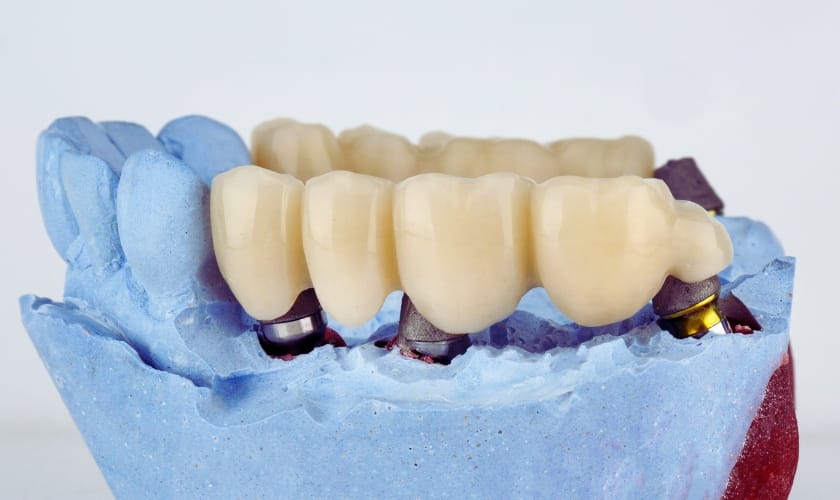Dental bridges restore your smile and make daily functions like chewing and speaking easier. But they need proper care to stay strong and last for years. Without consistent oral hygiene, even the most durable dental work can fail. This guide offers real, clear steps anyone can follow to maintain dental bridges and avoid common problems like gum irritation, decay, or early replacement.
Dental professionals recommend regular home care and routine checkups to keep your bridge healthy. Below, you’ll learn everything you need to know about cleaning, protecting, and monitoring your bridgework.
What Are Dental Bridges?
Dental bridges are custom-made prosthetics used to replace one or more missing teeth. They are supported by surrounding natural teeth or dental implants. A bridge fills the gap and prevents other teeth from shifting out of place.
Different types include:
- Traditional bridges (anchored by crowns on both sides)
- Cantilever bridges (supported by a single tooth)
- Implant-supported bridges (fixed on top of implants)
Each type works differently but needs the same level of care to stay functional.
Daily Oral Hygiene Matters
One of the most important steps is practicing good oral hygiene. A dental bridge can’t get cavities, but the teeth holding it in place can. Without clean gums and teeth, plaque builds up and causes problems.
To protect your bridge:
- Brush twice daily using a soft-bristled toothbrush
- Floss underneath and around the bridge with a floss threader or water flosser
- Rinse with alcohol-free mouthwash to reduce harmful bacteria
The American Dental Association (ADA) recommends fluoride toothpaste for added protection.
Watch What You Eat
Sticky, hard, or overly chewy foods can put pressure on your dental bridge. Biting into hard candy or chewing ice may crack or loosen it.
Avoid:
- Hard nuts
- Chewy caramel
- Ice
- Hard bread crusts
Instead, stick to softer foods, especially within the first few weeks after bridge placement. Regular balanced meals with fiber and calcium support healthy gums and surrounding teeth.
Regular Dental Visits
Routine visits help spot early signs of gum disease or bridge damage. Dentists often take X-rays to ensure the bridge and supporting teeth stay healthy.
For those with dental bridges in Dublin, many dental practices offer preventive cleanings and assessments tailored to bridge maintenance.
Professionals recommend checkups every six months, or more often if gum concerns arise. These visits help avoid expensive treatments later.
Signs You Need Help
Ignoring small issues can lead to bridge failure. If you notice any of the following, contact your dentist quickly:
- Pain near the bridge
- Loose or shifting bridge
- Red or swollen gums
- Food trapped under the bridge
Early care makes a big difference in saving both the bridge and the surrounding teeth.
To maintain dental bridges, commit to regular cleaning, gentle eating habits, and routine dental appointments. Staying consistent can help your bridge last over a decade. Good oral care is a lifelong habit that protects your smile, comfort, and health.

